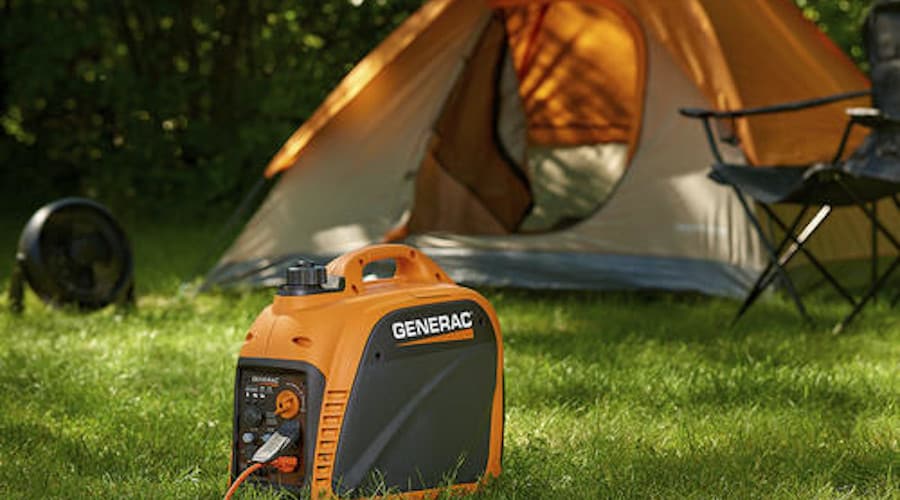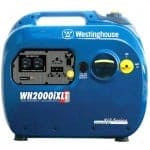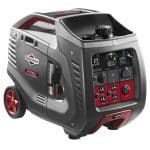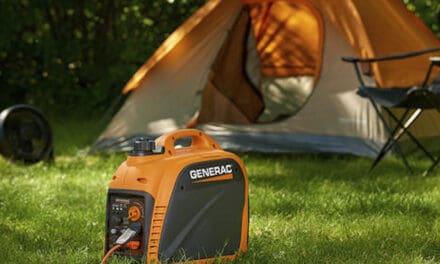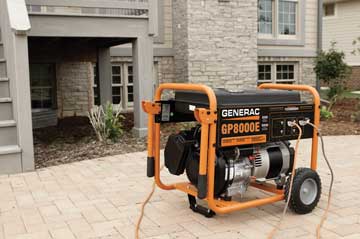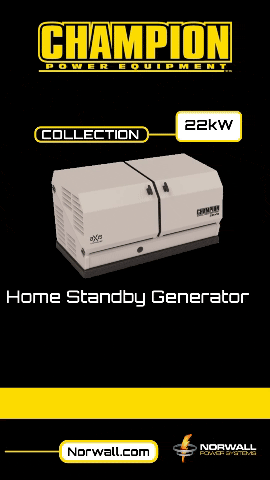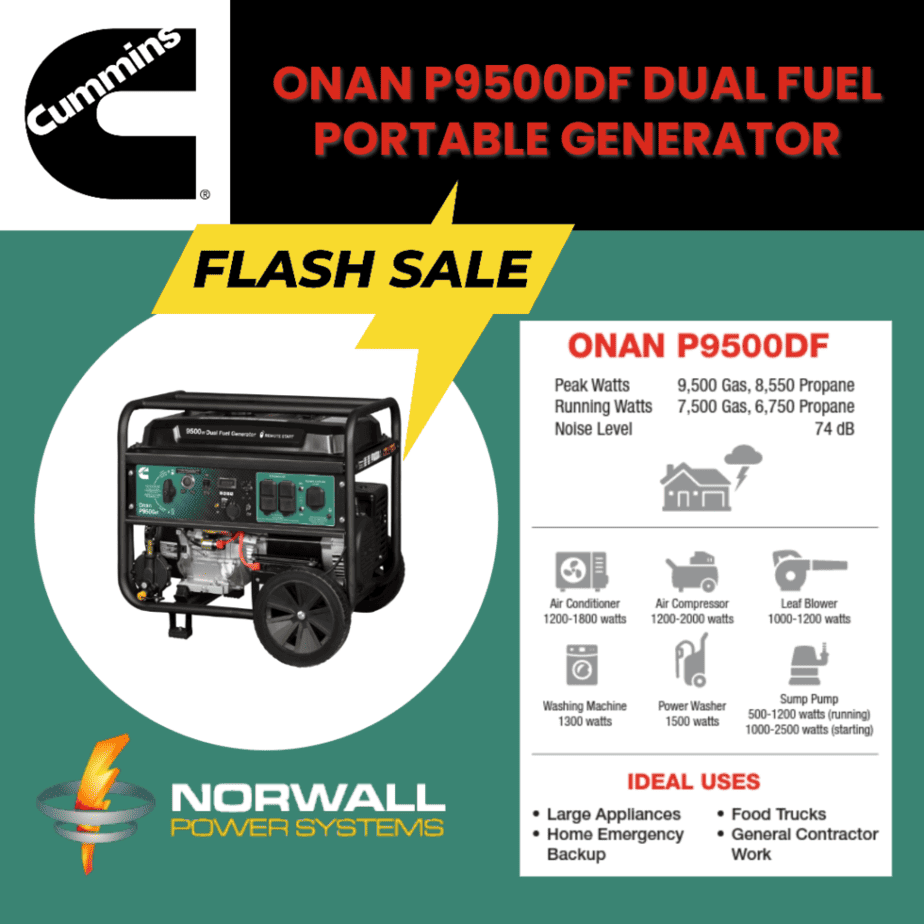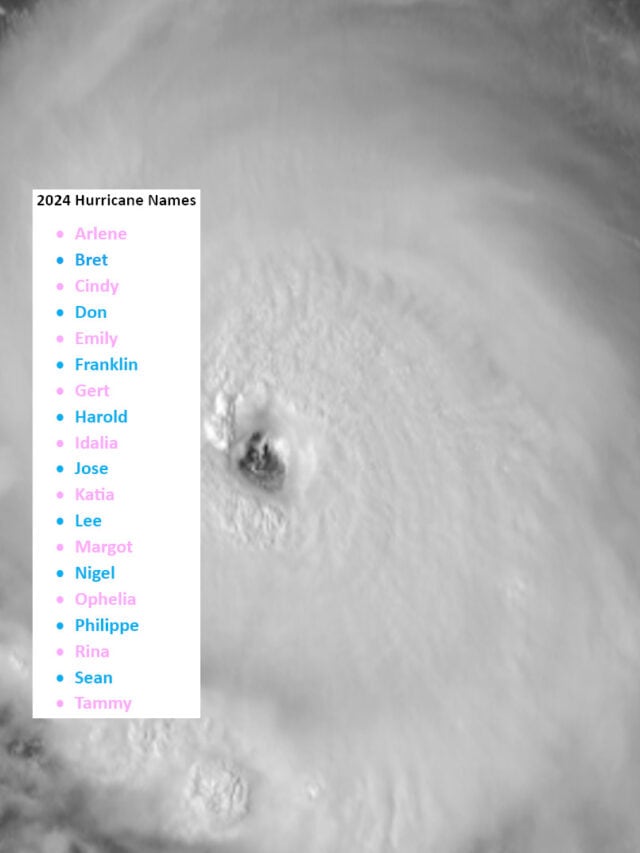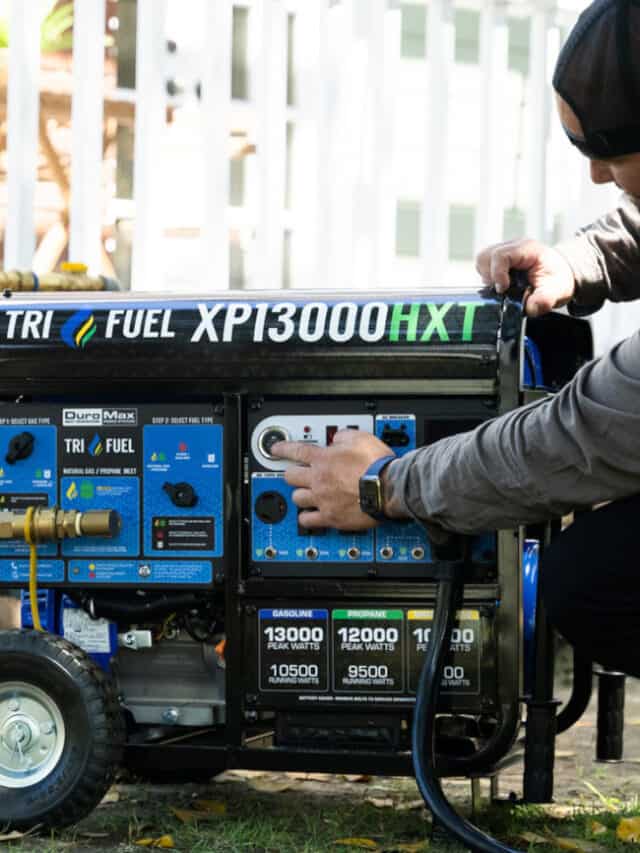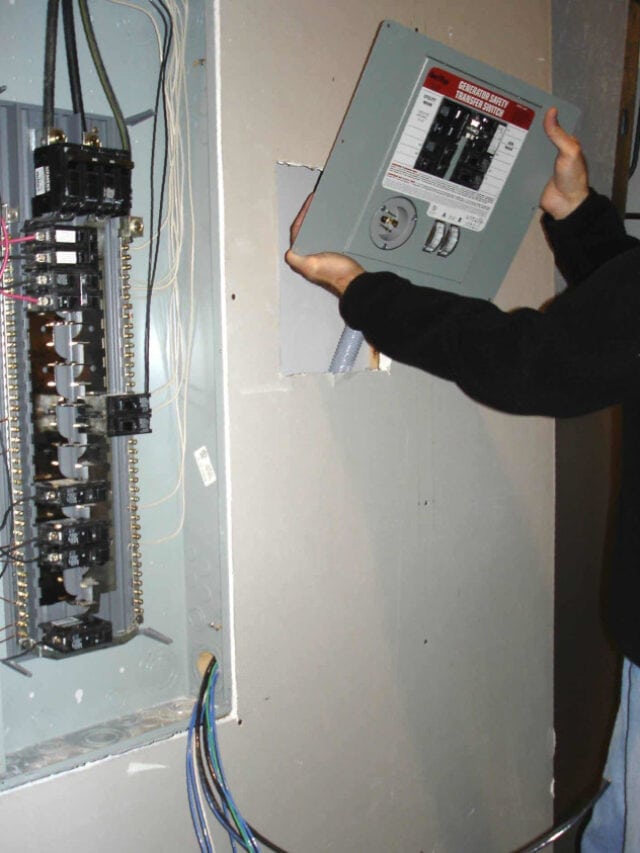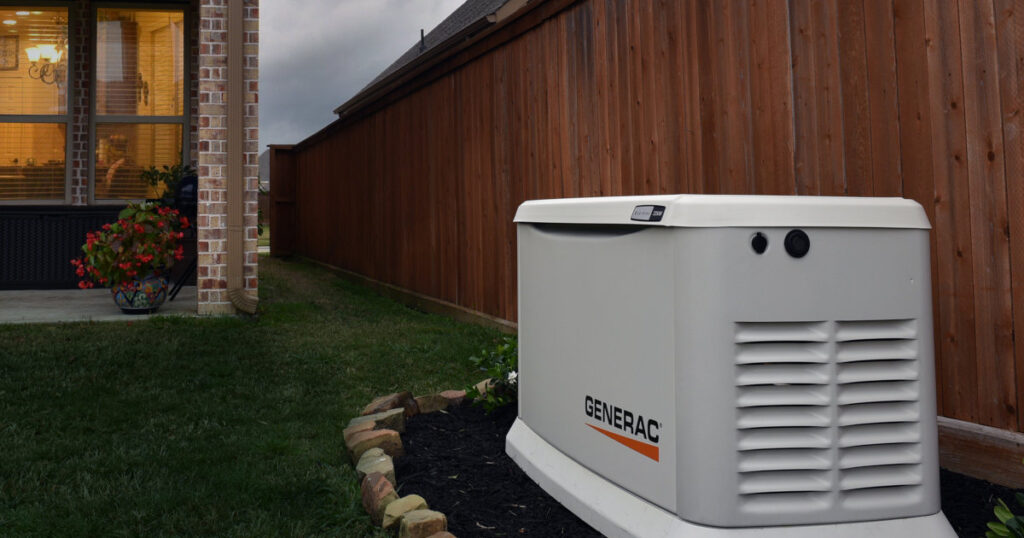
Memorial Day Honors our Fallen and is the Traditional Start of the Outdoor Summer Season
Tips & Tricks
Small, lightweight, inverter portable generators make using them more fun and more convenient. Inverter generators are among the lightest, quietest, and most efficient. Some weigh as little as forty pounds and can run eight hours or more on a single gallon of gasoline. They might be small and light, but these portables can pack plenty of power. Need more power? Consider using two in parallel for double the power. Place the portable where it operates safely and won’t pose a danger to yourself or others. Never operate them indoors or in a garage—not even with the door open. Twenty feet is a good distance from a house or other structure, but remember the noise and exhaust could affect your neighbors too. Place them a solid surface where they won’t tip over. Keep it away from windows, vents, doors, and other openings to homes, campers, tents, and anyplace occupied by people or animals. Top Four Generators for Emergency Home Power Use heavy-duty extension cords rated for outdoor use. A 2000-watt generator under a full load is putting out almost 17 amps. Choose an extension cord with 12-gauge wire for short distances up to 50 feet. 10-gauge wire for longer runs. Use a pair of extension cords to supply separate loads and split the current carried by each. Generators with more capacity may require additional cords. Warn children to stay away from the generator and don’t let them play near it. Exhaust fumes and hot parts pose dangers to them. Explain they could receive a painful electrical shock and that it is not a toy. Turn the generator off to refuel and let it cool a few minutes. Splashing gasoline on hot parts could result in a fire. Check the oil and top it off if necessary. Add a fuel stabilizer before filling so that any fuel left in the generator when stored won’t turn into gummy residue and clog the fuel lines and small ports. Keep it dry. Water and electricity don’t mix. Don’t set it up or operate it in the pouring rain. Don’t place it where water can puddle. Protect it with an open-sided canopy where fumes cannot accumulate. Never use a portable generator to “back feed” a house or RV by plugging it into an appliance outlet. Use a transfer switch with an inlet plug. The additional cost is well worth the safety. Only use the right hookup cord specifically designed for connecting a generator to a house or RV. Using your portable at home? Install carbon monoxide detectors. Every home should have them and generators are just more reason to make the small investment for the life-saving benefit they offer. Don’t forget maintenance. All generators require maintenance to keep them running smoothly. Unlike a lawnmower that probably gets twenty hours of use every year, a portable generator can add up the days in a hurry if you use it. Check the oil every time you refuel and top it off as necessary. Change the oil, filters, and plugs per the manufacturer’s recommendations.Simple. Safe. Enjoy the Power and the Fun
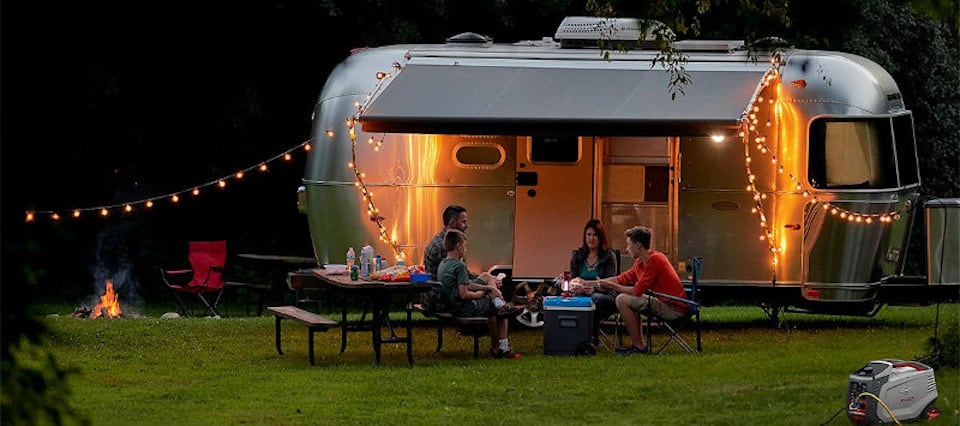
Portable Generators Make Roughing it a Little Less Rough.


